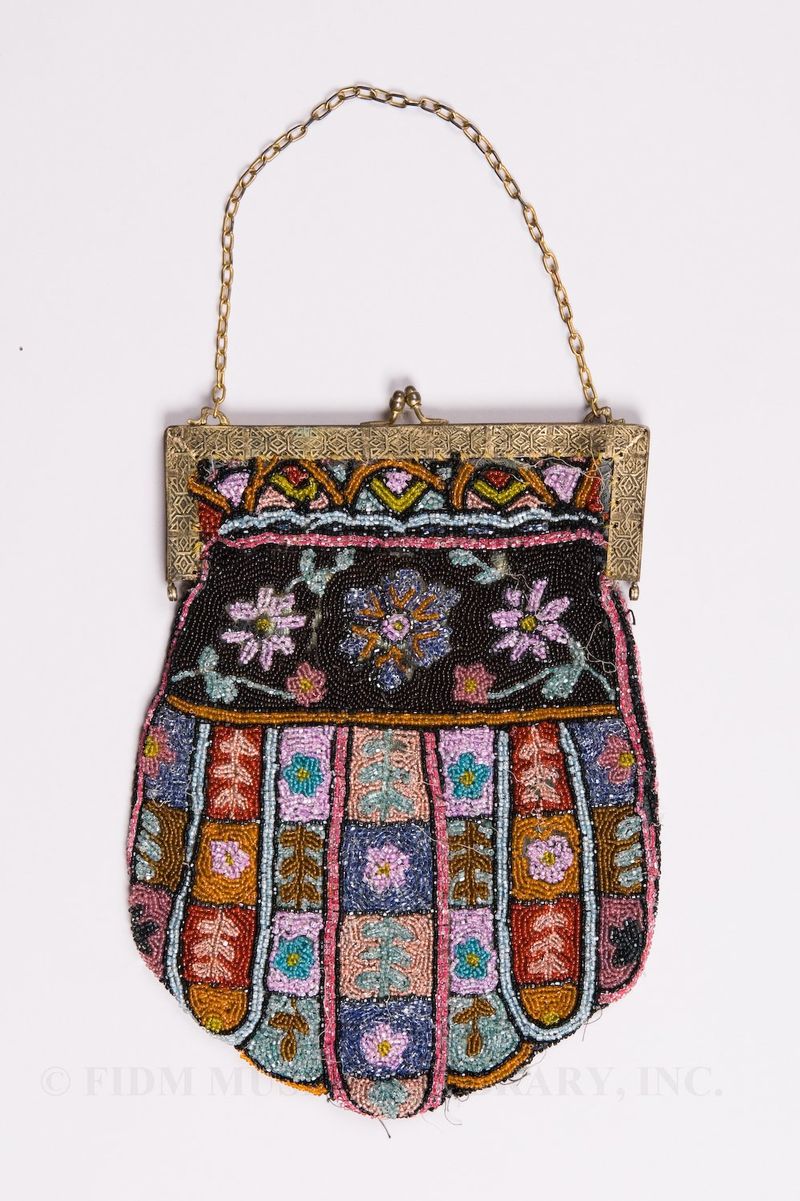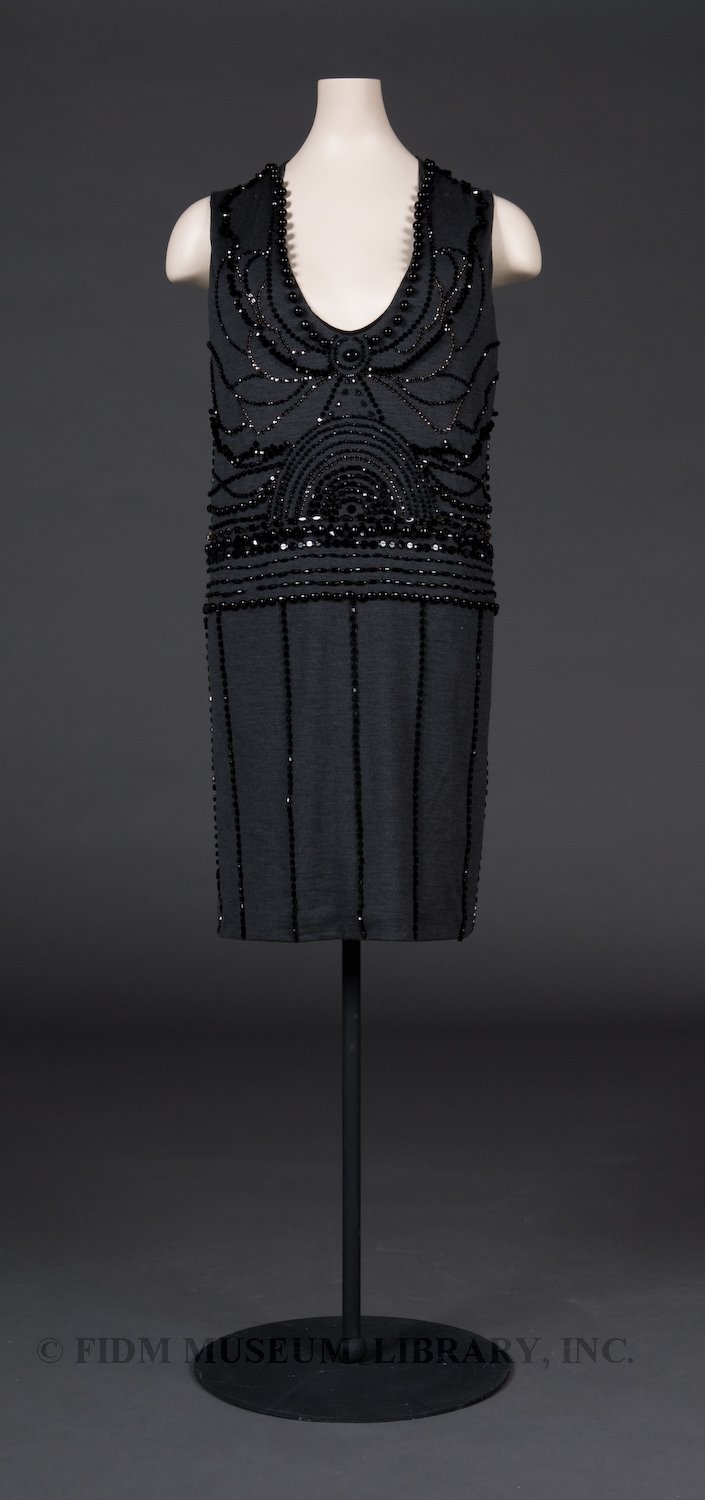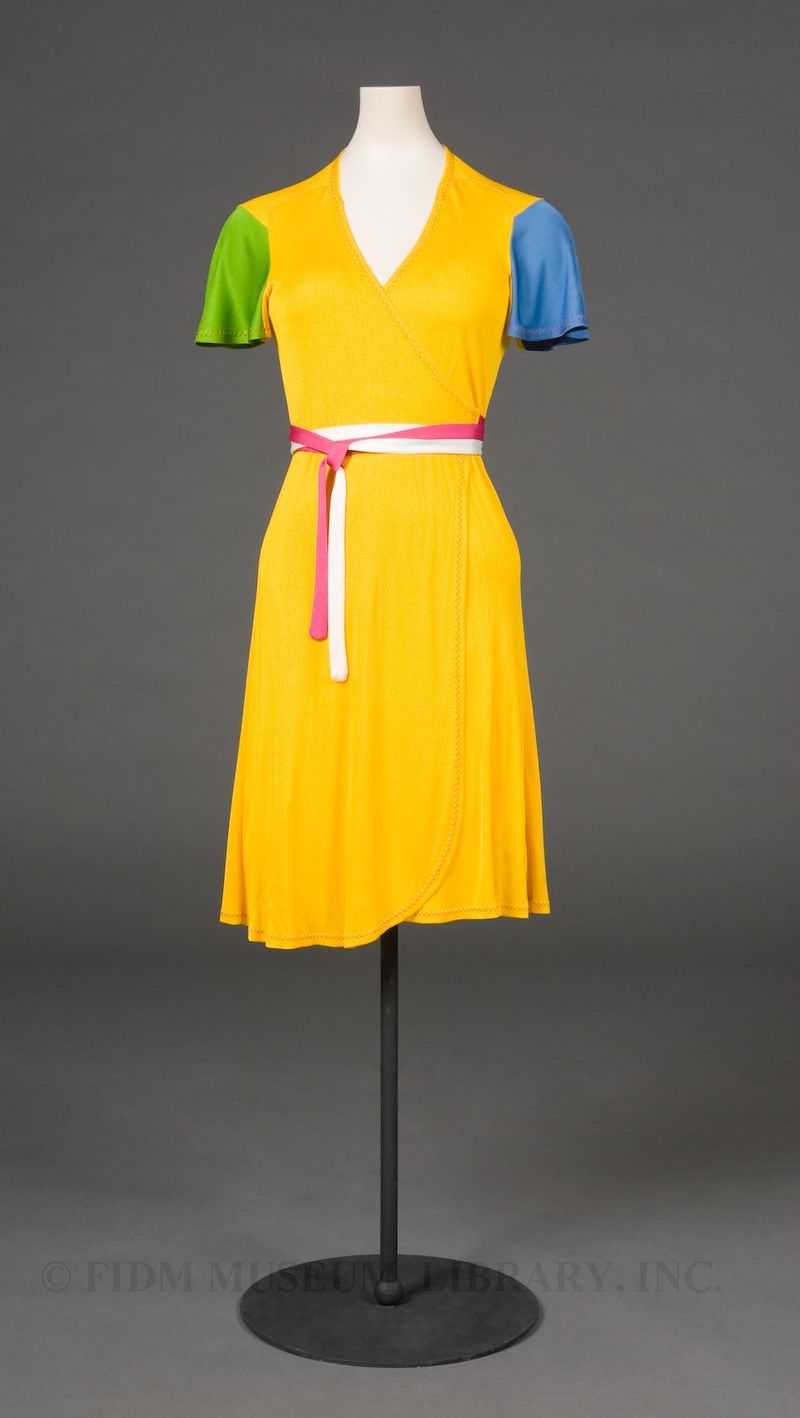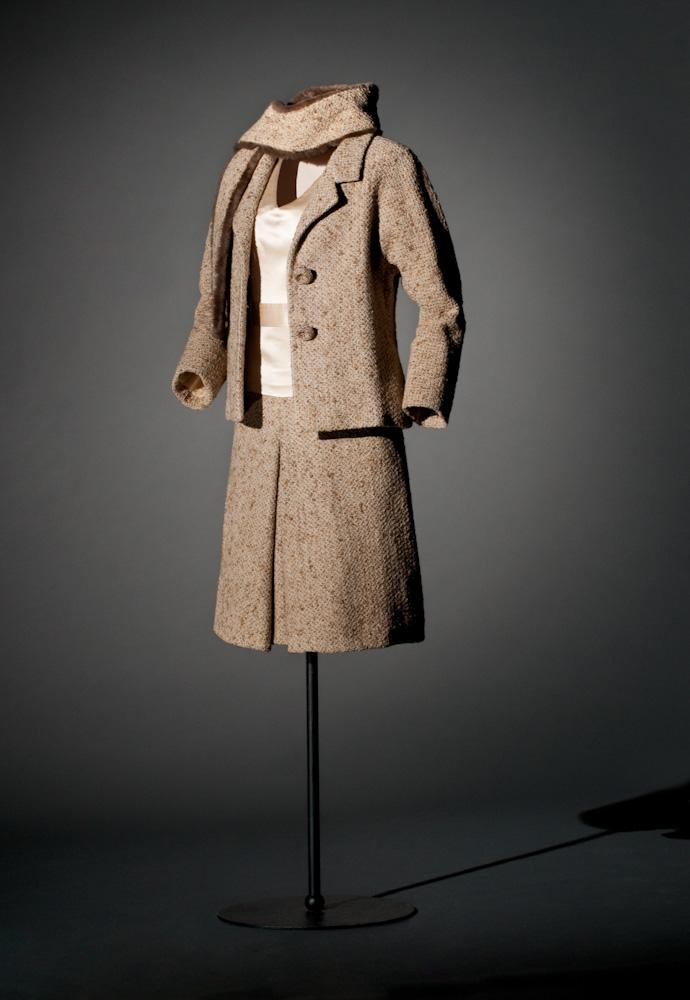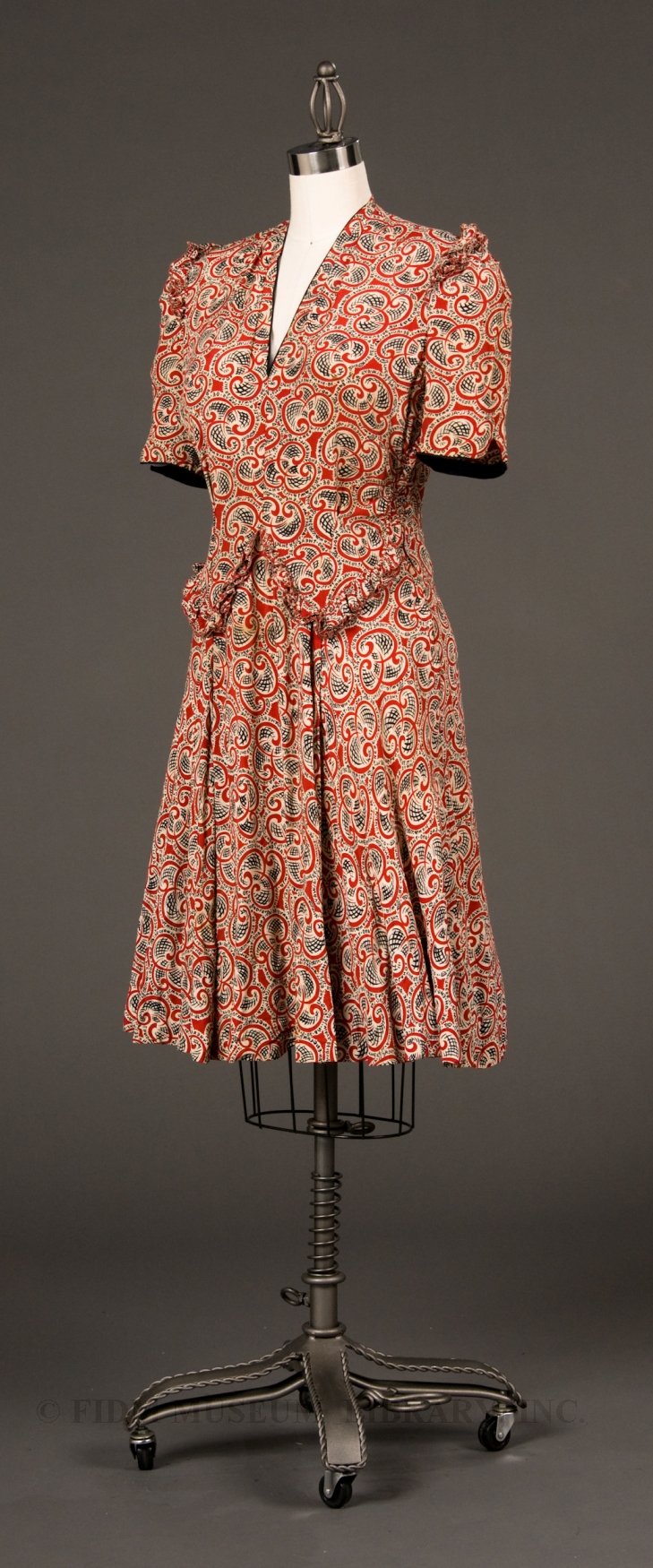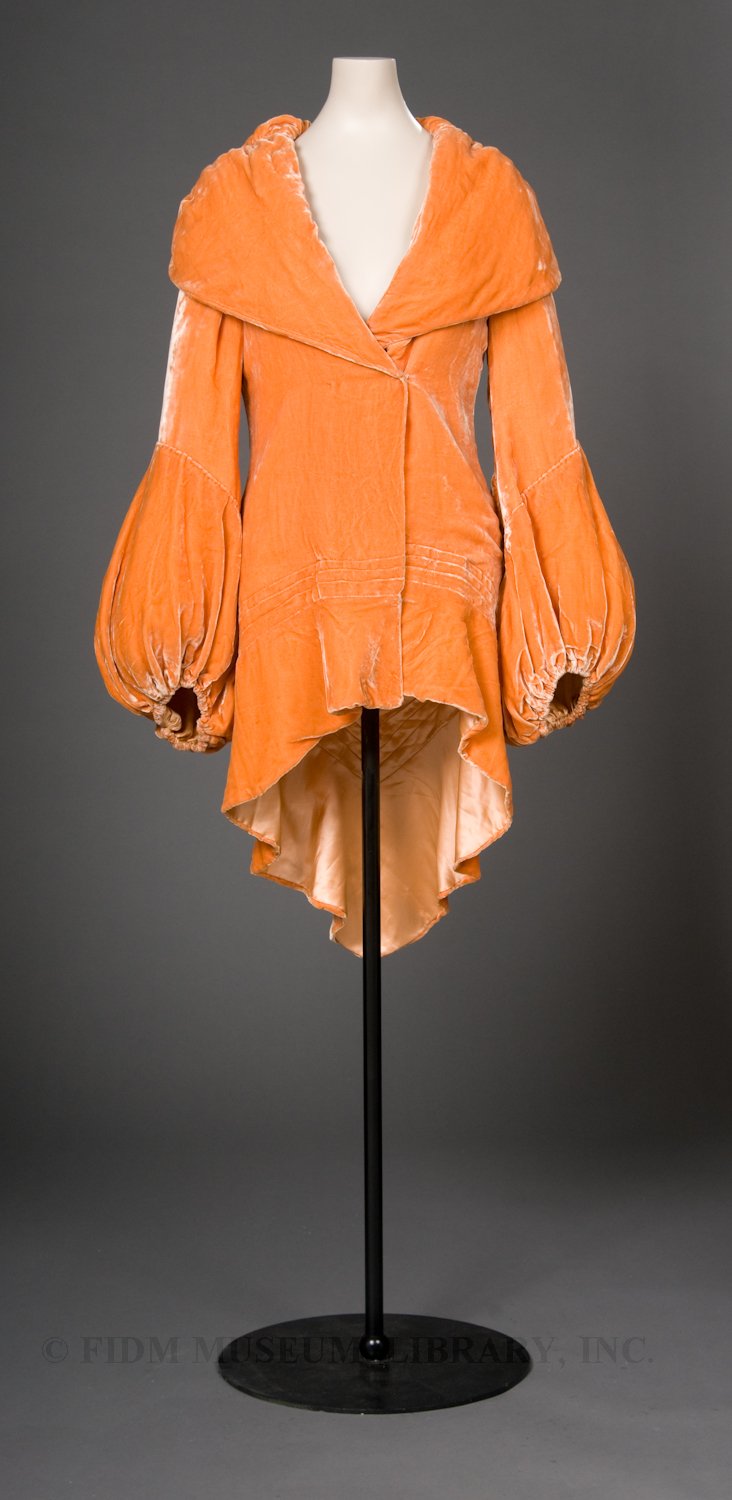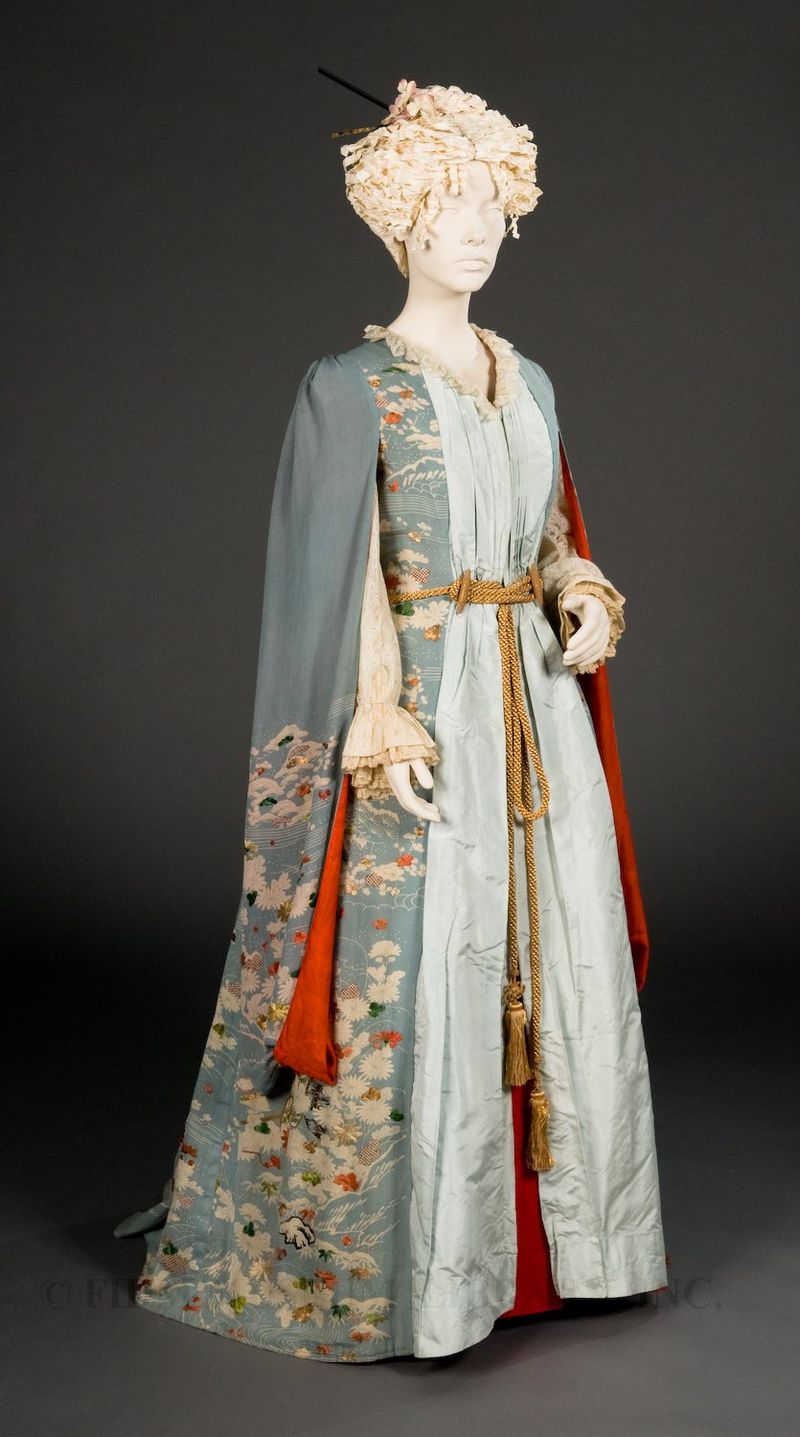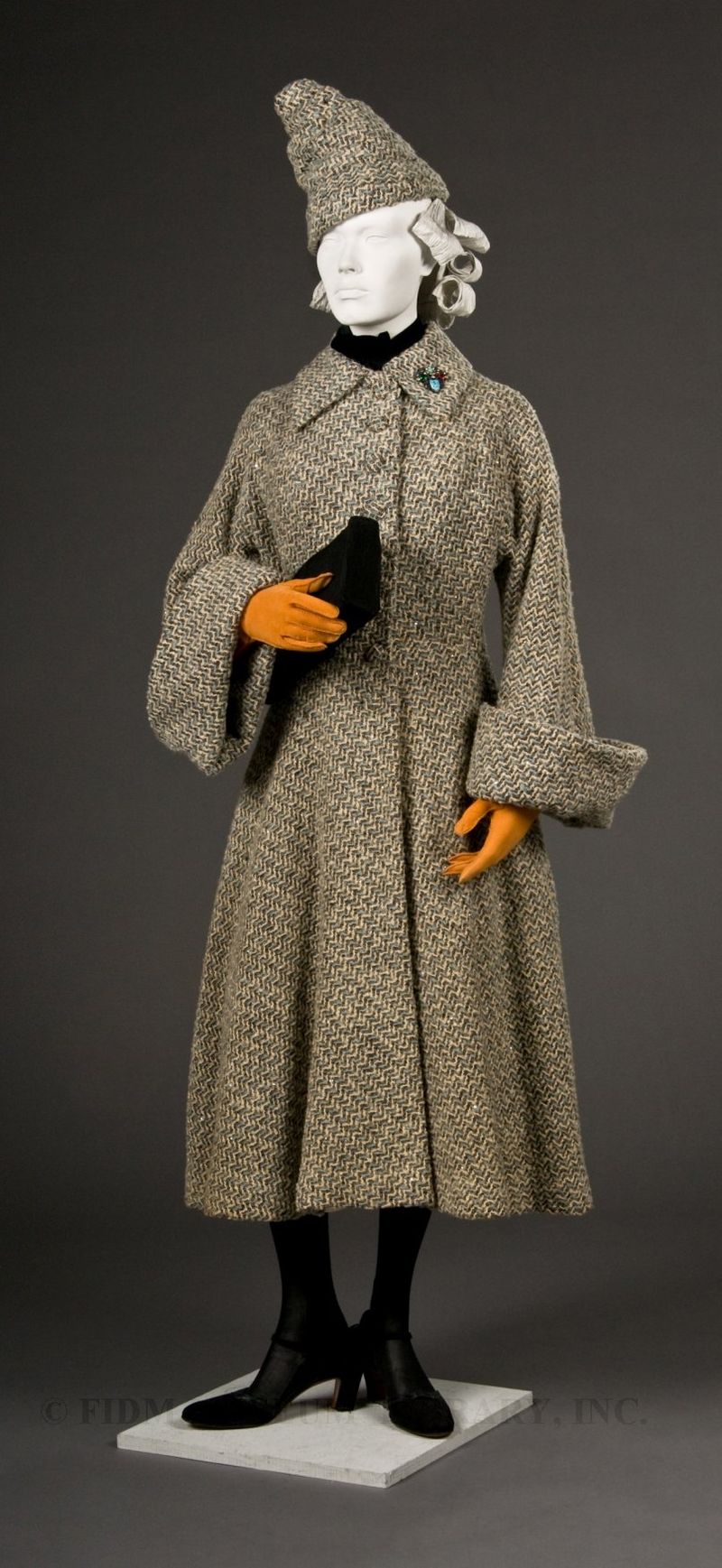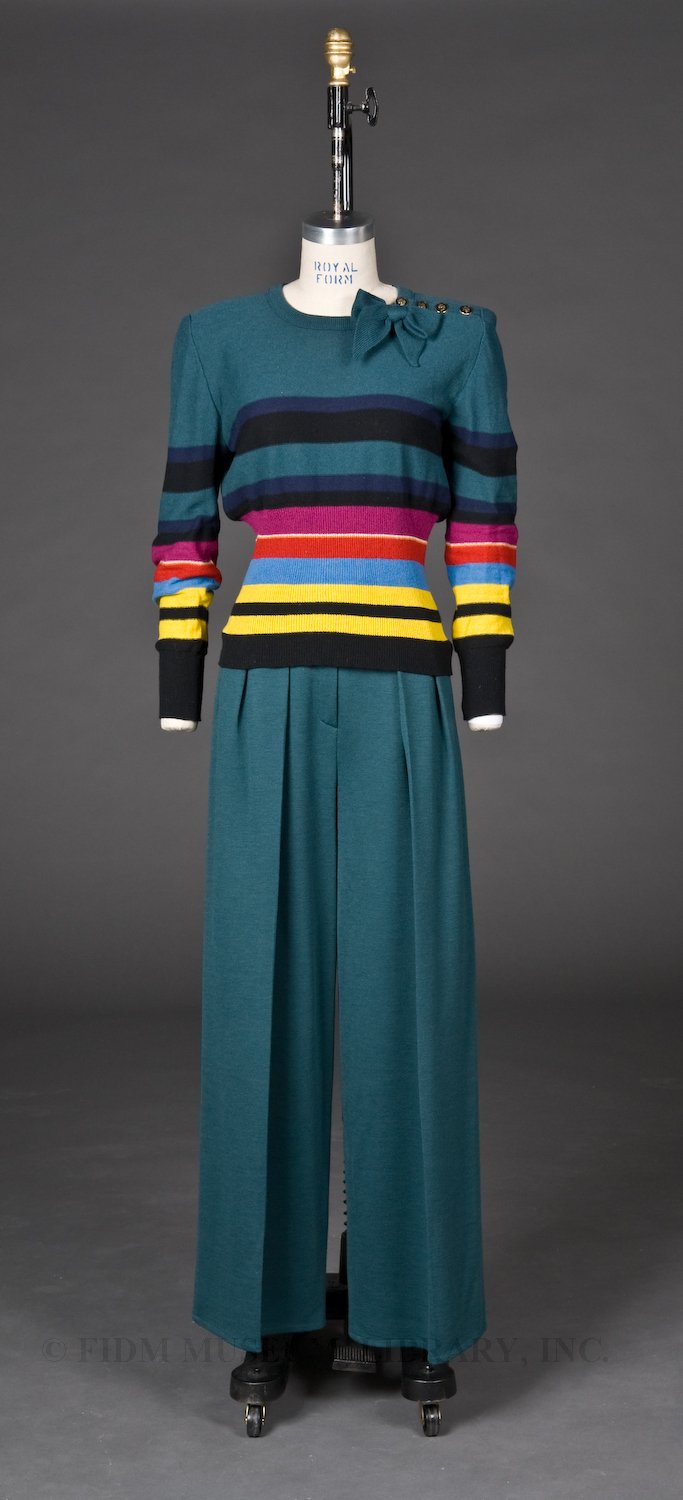This website uses cookies so that we can provide you with the best user experience possible. Cookie information is stored in your browser and performs functions such as recognising you when you return to our website and helping our team to understand which sections of the website you find most interesting and useful.
Like shoes, handbags and purses straddle the line between functional and decorative objects. Though many women (and some men) consider them necessary containers for objects such as keys or money, the sheer diversity of available styles demonstrates that... Read Article ››
Lanvin
As designer for Lanvin since 2002, Alber Elbaz has brought new life to what had become a house on the periphery of fashion. Founded in 1885 as a millinery shop, Lanvin flourished under the direction of its founder, Jeanne Lanvin. Lanvin excelled in the... Read Article ››
Stephen Burrows
Stephen Burrows' first fashion show, held in 1970 at Henri Bendel in Manhattan, was accompanied by a disco soundtrack. In attendance were not only members of the fashion establishment, but also "hordes of boys and girls in brilliant plumage who... Read Article ››
High Style: Betsy Bloomingdale and the Haute Couture video!
For those of you who asked for more video after watching The Couture Process, you are in luck today! The FIDM Video Gallery, where you will find various FIDM related videos, currently features a short segment titled “Opening Party: Betsy... Read Article ››
Propaganda fashion
During World War II, raw materials were in short supply. Wool was needed for military uniforms and a shortage of rubber led to the near disappearance of athletic shoes. Silk stockings vanished, as silk fiber was needed in the production of parachutes.... Read Article ››
Velvet evening coat
Evening gowns of the 1930s were usually floor-length and clung to the body. Made of silk or velvet, they were cut on the bias and often exposed a swath of bare back or shoulder. Of course, this exposure meant that a fashionable evening coat was... Read Article ››
Marimekko
With its oversized imagery and brightly clashing colors, Marimekko textiles are unmistakable. The Finnish company began in 1951 as a textile design firm specializing in hand silk-screened cotton fabric. The patterns created by Marimekko designers were a... Read Article ››
Ski in fashion
Blouse (detail)1957-1960Mr. DinoGift of Steven Porterfield2007.897.20 Until the 1950s, ski wear consisted of baggy woolen pants and knitted sweaters, topped with a bulky wool overcoat. Though warm and functional, these clothes did nothing to flatter the... Read Article ››
Smocked frock
Between the 1750s and the late 19th century, rural Englishmen wore voluminous smocks when working outdoors. Usually made of rough homespun, most smocks had long, full sleeves and ended at mid-calf. Though entirely functional, smocks often featured decorative... Read Article ››
Kimono dressing gown
Japanese styles are always attractive in negligees.-The Delineator, April 1903 Kimono dressing gownc. 1885Gift of Anonymous... Read Article ››
Details Make the Woman
During the Great Depression (1929-1941), many women could not afford to purchase new clothing on a regular basis. Instead, women exploited the potential of accessories to update an old frock. Carefully coordinated gloves, hat, handbag and shoes could be used... Read Article ››
Sonia Rykiel
Sonia Rykiel's signature garment is the striped sweater. Her earliest versions were shrunken, body-hugging "poor boy" sweaters with horizontal stripes designed in the early 1960s. The use of soft, knit fabric (often striped) became a trademark,... Read Article ››

